Graham Reid | | 3 min read
Runaway Child, by Peter Nelson and Renaissance
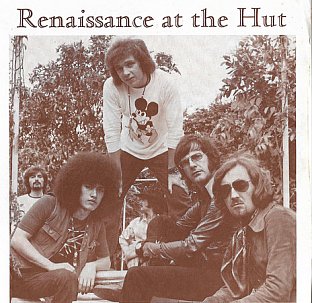
In some ways Peter Nelson's story is familiar: the Christchurch singer fronts a number of bands in the pre-Beatles era (the Metronomes, the Diamonds) playing covers at weddings then takes over the spot vacated by Ray Columbus and the Invaders who moved to Auckland.
But as Peter Nelson and the Castaways they found their feet in late '64 and Nelson's tough, soulful voice – he could really belt them out – was heard on their single Baby Can I Take You Home (which the Animals also covered although their version wasn't released locally).
Baby Can I Take You Home
They were astute in their covers, among them the Easybeats' great tension-release Goin' Out of My Mind, James Brown's I'll Go Crazy (also later covered by the Blues Magoos) and Down the Road Apiece (in the Stones repertoire, with guitarist Don Clarkson taking lead vocal).
They fell for a bit of soul-driven Beat-pop of course (A Little Lovin' Somethin'), some rocked-up standards (Skye Boat Song) and the Memphis soul of Knock on Wood.
Peter Nelson and the Castaways were a damn fine band and Nelson could soar over the backing horns on their records.
As with many bands at the time however they lacked songwriters in their ranks, but they picked up material from their peers, like Down in the Mine by the Premiers' Peter Hindmarsh (which really suited Nelson's booming vocal) and the Beat-pop of I'll Never Be Blue by Gary Thain of the Strangers (later bassist in Uriah Heep)
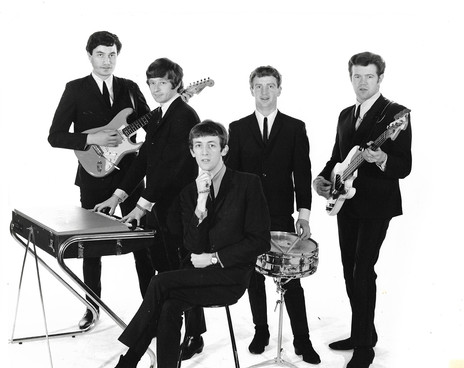 New member Doug Rowe provided the big ballad So Don't Go.
New member Doug Rowe provided the big ballad So Don't Go.
At this point – after shows and television appearances in Australia – the story of Peter Nelson could have ended as it did for so many as the Sixties rolled on and the music changed.
But Nelson – smart enough to see what kind of music he was best at – took up an offer to join a band in the Hong Kong club and cabaret circuit.
Although the position in The In People in HK didn't work out – and declining the chance offered by Cilla Black's manager/husband Bobby Willis to sign with Brian Epstein's NEMS stable – Nelson started his own band had a second coming with Renaissance which included Billy Kristian and Wally Scott (formerly in Columbus' Invaders) and British brass player Brian Robertshaw.
Because of being absent, Peter Nelson and Renaissance weren't well known back in New Zealand but they were a fine soul funk and rock band with some interesting choices in what they covered.
The 26-song collection The Peter Nelson Collection picks up a dozen Castaways recordings (all those mentioned above) and the 10 by Renaissance kicks off with their powerful cover of Buddy Miles' Them Changes (which appeared on Hendrix's Band of Gypsys album). Later there is Miles' Runaway Child from his We Got To Live Together album.
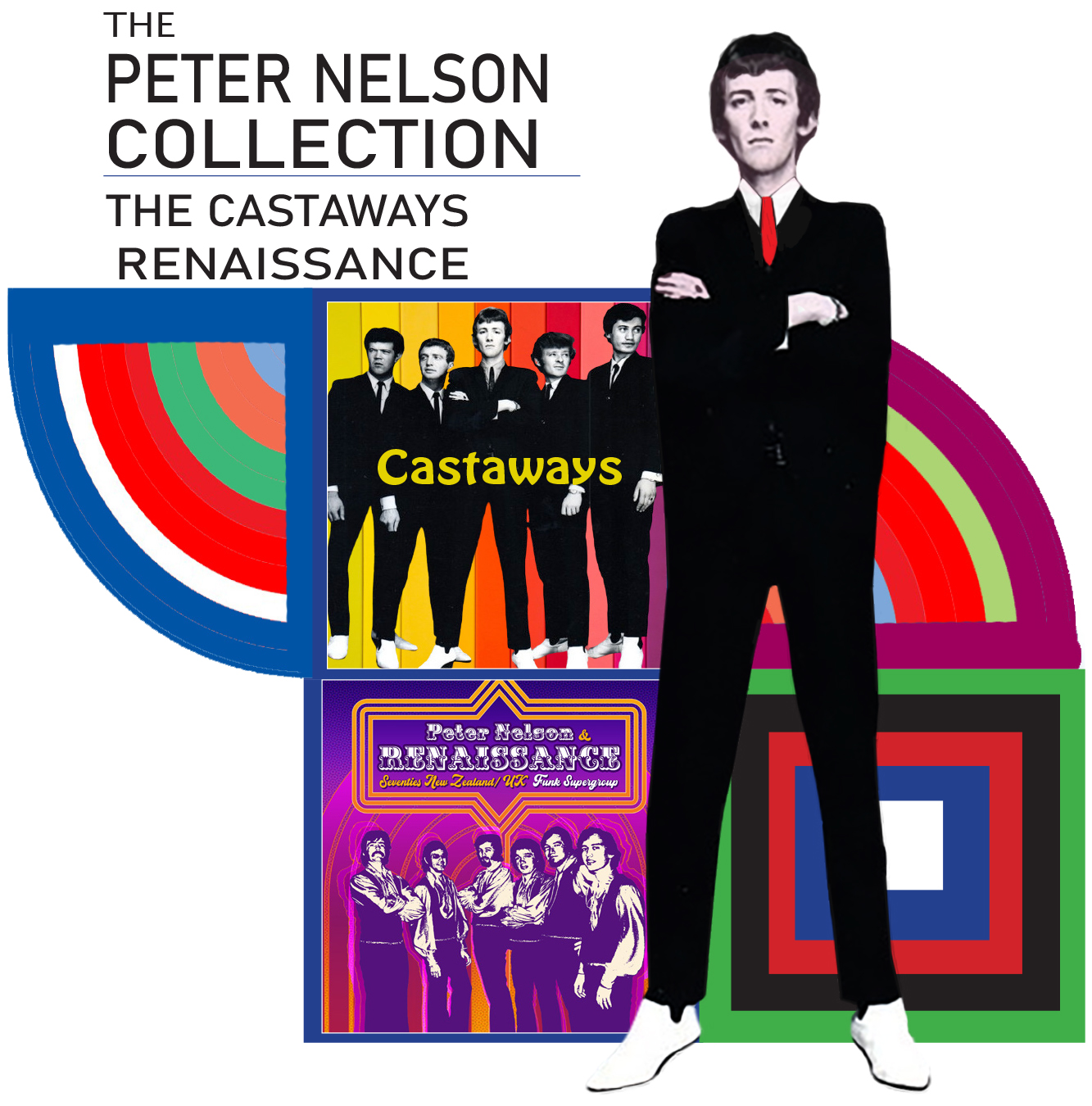 These are interesting, challenging and unusual choices which the band punch out and Nelson gives them his all.
These are interesting, challenging and unusual choices which the band punch out and Nelson gives them his all.
With horns, John Gordon's swirling keyboards and Nelson's full-throated shouts and screams, Runaway Child is a killer.
And in Robertshaw they had an experienced writer/arranger who brought in material like the rolling psychedelic soul-funk of Dream Machine and the taut Sunday Symphony which hits the midpoint between horn-driven pop (think Everlasting Love) and rock.
Renaissance also recorded an urgent Proud Mary (with horns available who wouldn't?) and acquit themselves well on Green Onions where horns take Steve Cropper's guitar part.
If Peter Nelson and the Castaways are interesting, enjoyable and admirable, Peter Nelson and Renaissance are a revelation for their power, choice of material and tight musicianship.
You can hear why they were big on the concert circuit in and out of Hong Kong, and as far as a residency in Hawaii. The unreleased songs on the album came from a Hong Kong TV special.
A bonus here are four tracks at the end, notably Nelson on the massive and deliberately overwrought ballad Power which was intended to be the theme music to a James Bond parody flick set in Hong Kong.
Power, by Peter Nelson (1975)
The final piece is Nelson on a one minute ad for Malaysia Singapore Airlines.
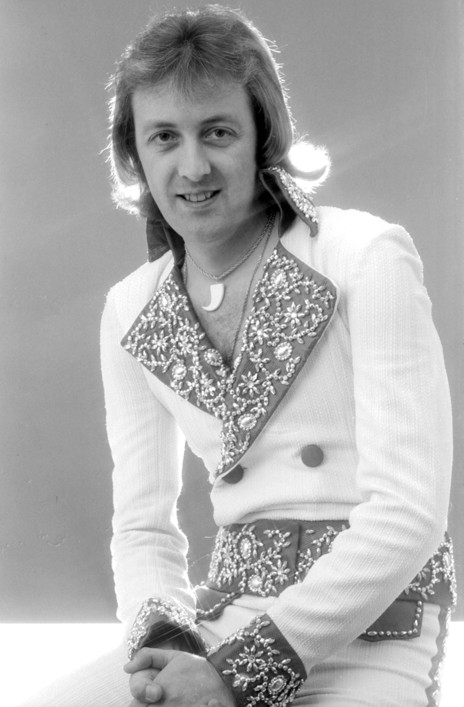 The story of Peter Nelson ends about there.
The story of Peter Nelson ends about there.
Renaissance broke up, he tried again with Renaissance II but the work was drying up. He recorded a solo album in 1976 and went behind the scenes in the entertainment industry working in sound. Two decades later he came home to Christchurch.
This excellent collection – another Grant Gillanders compilation – shines the spotlight on a great voice.
And especially on a terrific, rocking soul-funk band which, through absence from the country, doesn't have much of a profile here.
Let's hope this changes that.

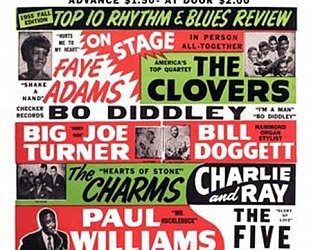



post a comment